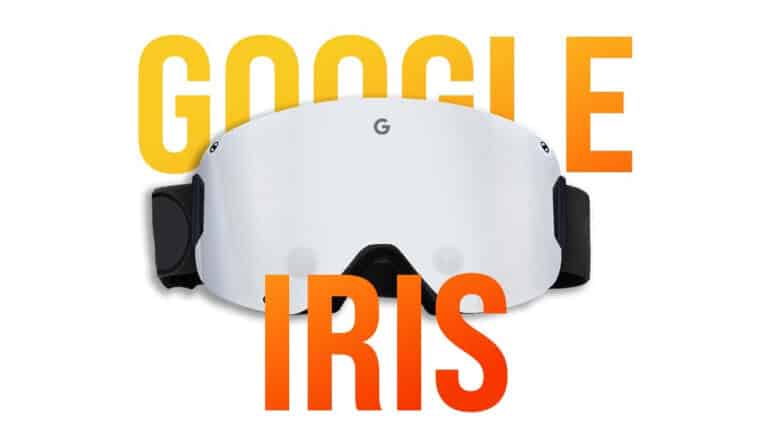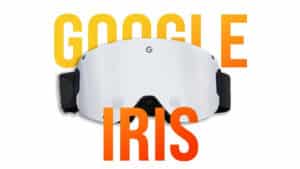Google’s last attempt at augmented reality, Google Glass, was almost ten years ago. Now, the tech titan appears to be preparing to debut a new Google AR headset called “Project Iris.”
Considering that Apple is well on its way to delivering its own AR/MR headset, Google will face some fierce competition. Project Iris remains cloaked in mystery. However, we’ve done our best to put all we know about the suspected Google device in one spot.
Google has dabbled in VR and AR extensively over the years. The business has done more than simply dipping its toe into this potentially massive new field of technology. However, socially reviled Google Glass to the considerably more pocket-friendly Google Cardboard.
What will you see here?
Google AR headset – What is it?
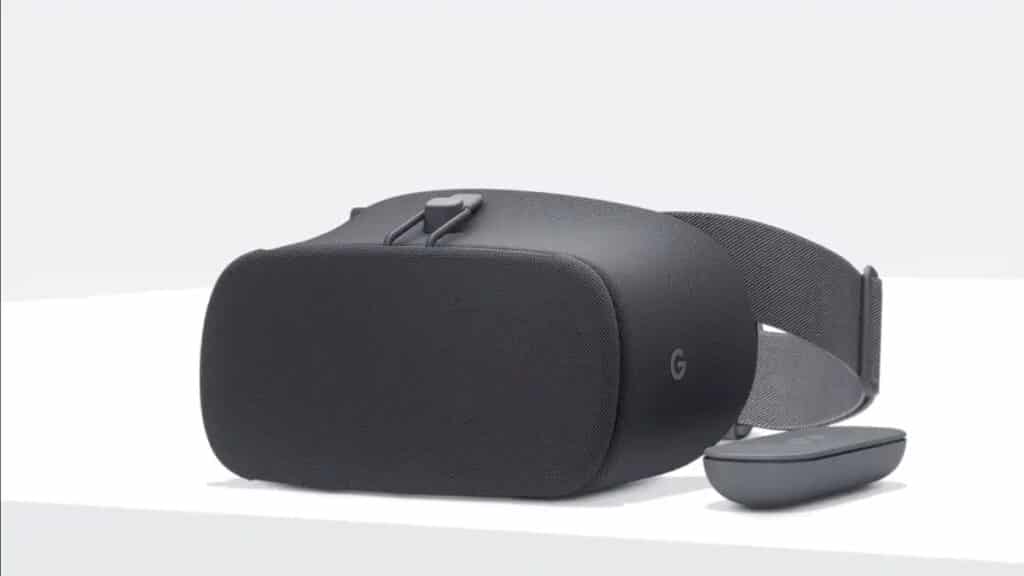
In a word, this AR/VR headset is Google’s first attempt to create a specialized hardware device for experiencing virtual/augmented reality. The gadget is still in its early phases of development, and almost all of the information we have now is preliminary and susceptible to change. A Google AR/VR headset is already on the way, according to many sources. Industry analysts and leakers agree that Google intends to enter the AR/VR market & compete with Meta & Apple, two of its most notable rivals.
The most recent leaks on the Google AR/VR Headset were revealed by two unnamed Google workers that Google AR headsets are in the developing stage. The Google AR/VR headset, according to the report, “uses outward-facing cameras to merge computer visuals with a video stream of the actual world, delivering a more realistic, mixed reality experience than previous AR eyewear.”
When will the new Google AR headset launch?
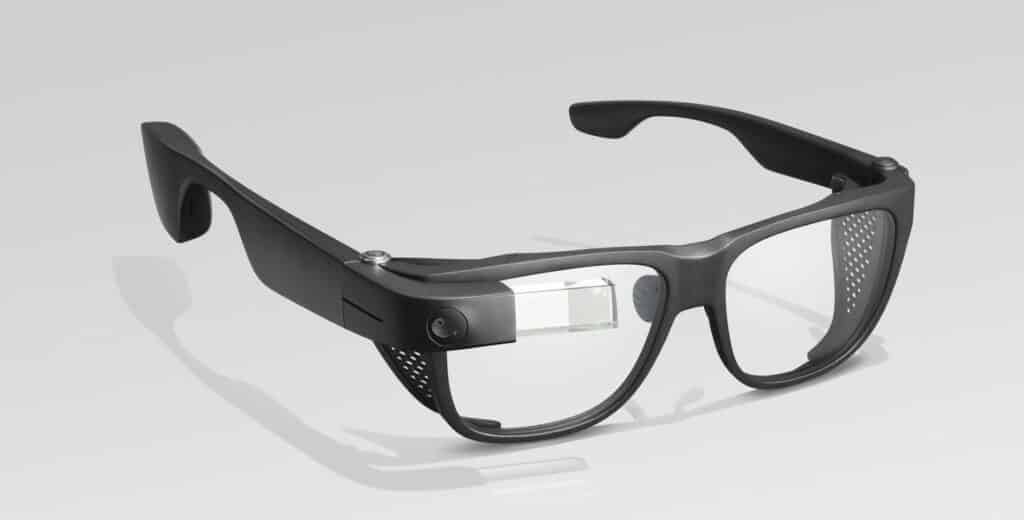
According to what we’ve observed, Google’s new hardware won’t be available until at least 2024. It is still in the development stage, going by the codename Project Iris, meaning the search giant’s new headgear might arrive a long time after the much-rumored new Apple VR/AR headset.
The Google AR/VR Headset is currently in its early stages of development, thus a debut in 2024 is absolutely feasible, although somewhat optimistic.
Price
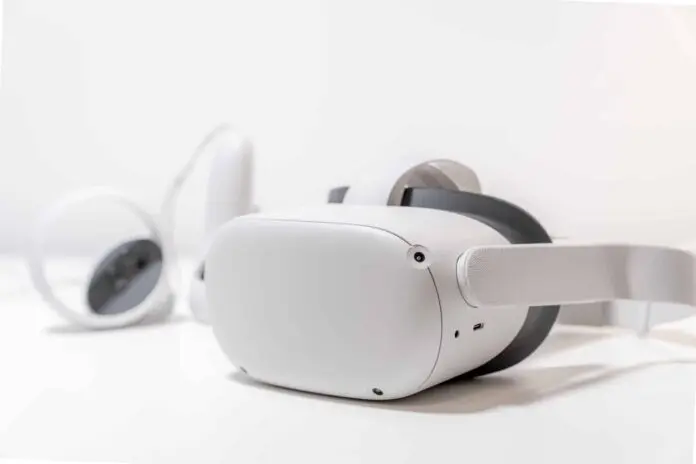
Because the item has not been on the market yet, there is no indication of how much it will cost. Current rumors imply that the Apple VR/AR headset will be highly costly – maybe in the hundreds of dollars – as was the case with the first-gen of foldable smartphones, so we don’t expect the Google counterpart to be cheap.
We can, however, utilize Google Glass as a marker. The original model, which was introduced in 2014, cost roughly $1,500. This cost significantly get down in 2019 with the release of the Google Glass Enterprise Edition 2, which costs $999. It should be emphasized, however, that this model is largely focused on the business sector, as the name implies.
Google AR headset – Specifications
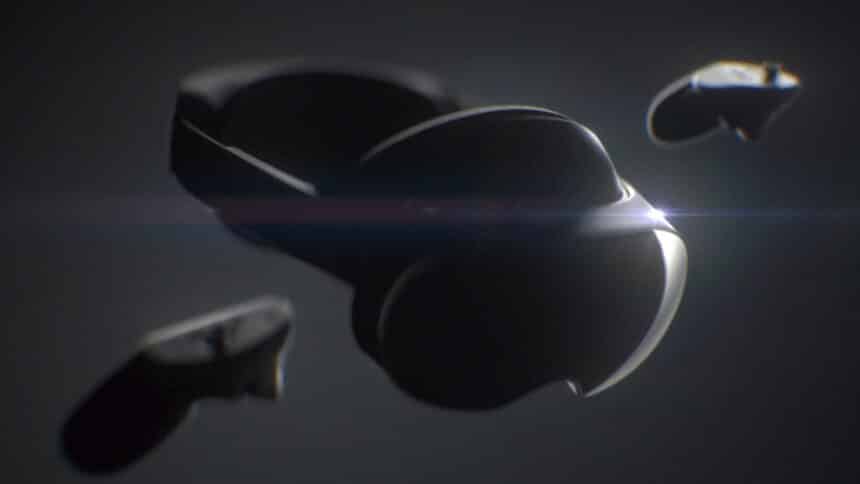
According to some strong leaks, the Google AR/VR Headset would most likely be driven by a proprietary Google CPU and will run on a special operating system designed particularly for the gadget.
As per the article, Google is following the same technique as Facebook’s parent company Meta’s planned AR headgear, with forward-facing cameras recording video of the actual environment surrounding the wearer, which is then merged with digital animations & information.
According to the report, the headgear would seem more like a pair of ski goggles than the glasses approach used by Google Glass. This implies that they are primarily meant for interior use, as most people will not want to go about outside with only cameras to guide them.
It recently comes up about Google’s acquisition of Raxium, a tech business specializing in MicroLED technology, in May 2022. Because of its potential to provide high-quality, yet tiny and energy-efficient, screens, the latter is ideal for usage in VR & AR headsets. The purchase was kept under wraps on purpose, with Google revealing minimal information about the facts.
Battery Life

One handy feature is that the headset will have its own battery. This eliminates the need for a power pack or a cable connection to another device. This design might resemble the Google Daydream View headgear of 2016. However, unlike the fabric-lined goggle aesthetic. This was simply a shell for a smartphone that would later display dual pictures in front of the users’ eyes. The Project Iris model’s outside cameras will enable AR rather than just VR.
Competitors
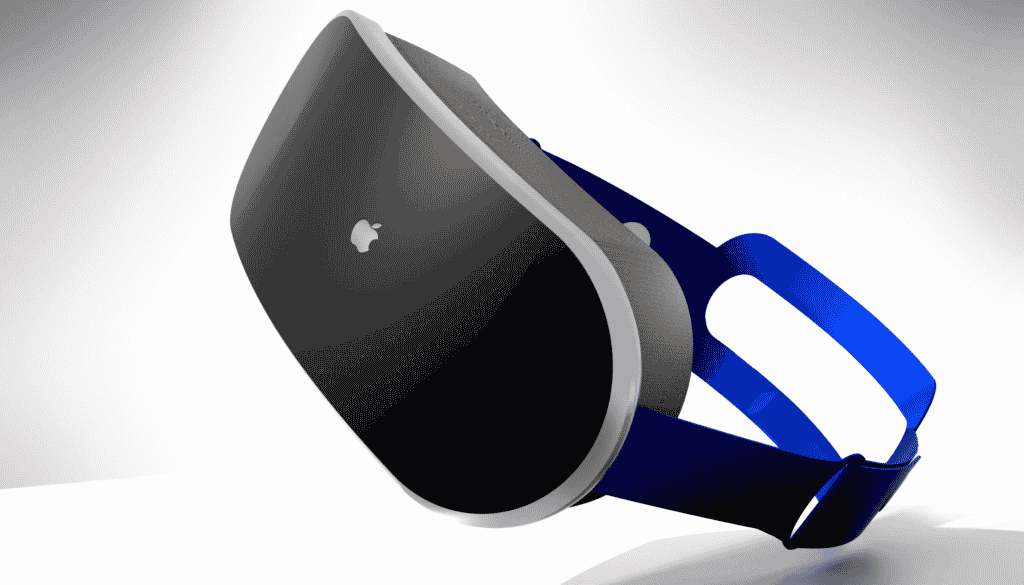
When and if the Google AR headset hits sale, it will definitely face competition from Apple’s AR glasses. Also, we expect Apple’s AR/VR headset to debut in 2023. There’s also the reported Meta Quest Pro, which is distinct from the Oculus Quest 3 VR headset. All of which are expected to arrive in 2022 or 2023.
Most importantly, Google will have to contend with Meta’s Oculus headset portfolio. This is going to grow with the projected introduction of the company’s Project Cambria gadget.
Other less visible competitors to Google’s AR/VR Headset include HTC. However, Apple and Meta will be the two behemoths for whom Google should keep an eye out.
What does an AR headset do?
A head-worn device that lets users see graphics overlaid on the actual world. Headsets akin to Google Glass are similar to eyeglasses but far less obtrusive. AR headsets, such as Microsoft’s HoloLens, cover the eyes and provide a more immersive experience.
Conclusion
Though it may be some time until we see Iris in an official manner, its presence isn’t shocking given how much major tech is now spending on these types of XR products. Apple is said to be developing a similar mixed-reality gear, while Microsoft already has the AR HoloLens & Meta is developing a new Oculus VR headset with AR glasses dubbed Nazaré. In other terms, you should from now on develop the habit of wearing technology rather than merely carrying it in your hands.
Read More:
- iPad Pro 2020 Unboxing and Review-All you need to know!
- Apple AR/VR headset
- iOS 16: Things you wanna know!
- Apple Glasses: VR And AR Coming Soon!
- Best HP Laptops in 2025– Which one you should buy?


